Mastering how to safely perform static holds at home is crucial for anyone looking to build strength, stability, and endurance without complex equipment. These exercises can be incredibly practical, but achieving the full benefits requires a deep understanding of proper technique and form. Whether targeting core stability, improving posture, or enhancing muscle endurance, ensuring you execute these holds correctly is vital to avoid injury and maximize results.
In this comprehensive guide, we’ll explore everything you need to know to safely incorporate static holds into your home workout routine. From the best practices for maintaining proper form to tips on avoiding common mistakes, this guide is designed to help beginners and experienced fitness enthusiasts. By following these techniques, you’ll enhance your strength and gain confidence in performing static holds effectively and safely in the comfort of your home.
How to Safely Perform Static Holds at Home: Effective Techniques for Bodyweight Strength Training

Static holds are a powerful way to build strength and muscle endurance at home. These exercises involve holding a position for a set time without moving. They can help improve your posture, core strength, and overall fitness.
Static holds can be done safely at home with little to no equipment. You can start with basic exercises like planks, wall sits, and push-up holds. You can try more challenging holds like chin-ups or handstands as you get stronger.
To learn how to safely perform static holds at home, warm up first and start with short hold times. Listen to your body and stop if you feel pain. Gradually increase the hold time as you get stronger. Remember to breathe steadily throughout the exercise.
Key Takeaways
- Static holds are a powerful way to enhance muscle strength and endurance with minimal equipment, making them ideal for home workouts.
- Begin with basic exercises like planks and wall sits, and gradually move to more advanced holds as you build strength and confidence.
- Always warm up before starting, listen to your body to avoid pain, and focus on maintaining proper form to prevent injury.
- Mix static holds with other exercises for a well-rounded routine and to keep workouts engaging. Adjust the difficulty by varying hold times and adding resistance.
- Monitor your progress by tracking hold durations and adjusting goals as needed. Consistent evaluation helps ensure continuous improvement and prevents plateaus.
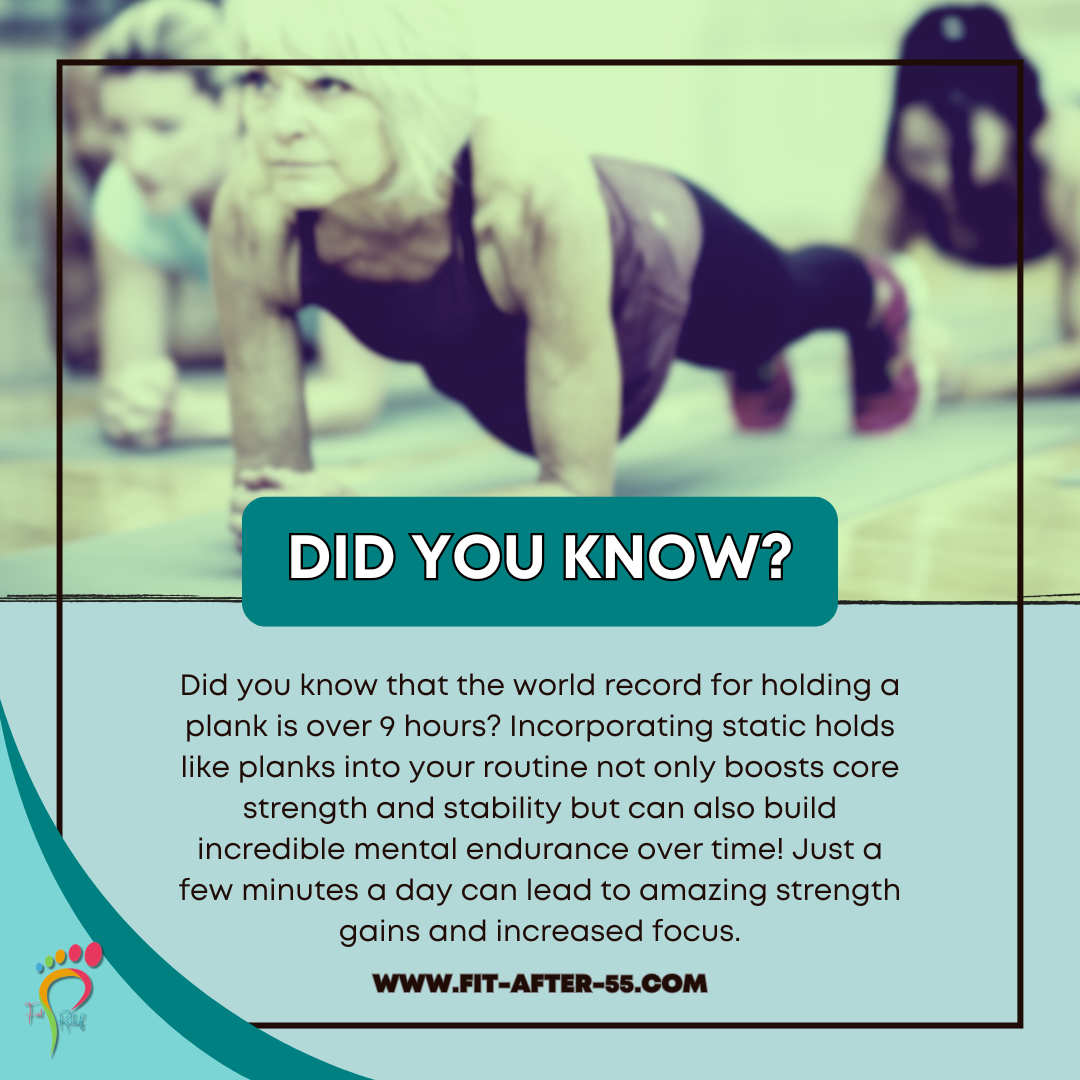
Understanding Static Holds
Static holds are exercises that build strength and endurance by maintaining a fixed position. They work muscles without movement, challenging stability and control. If you’re wondering how to safely perform static holds at home, understanding the proper technique is essential to avoid injury and maximize results.
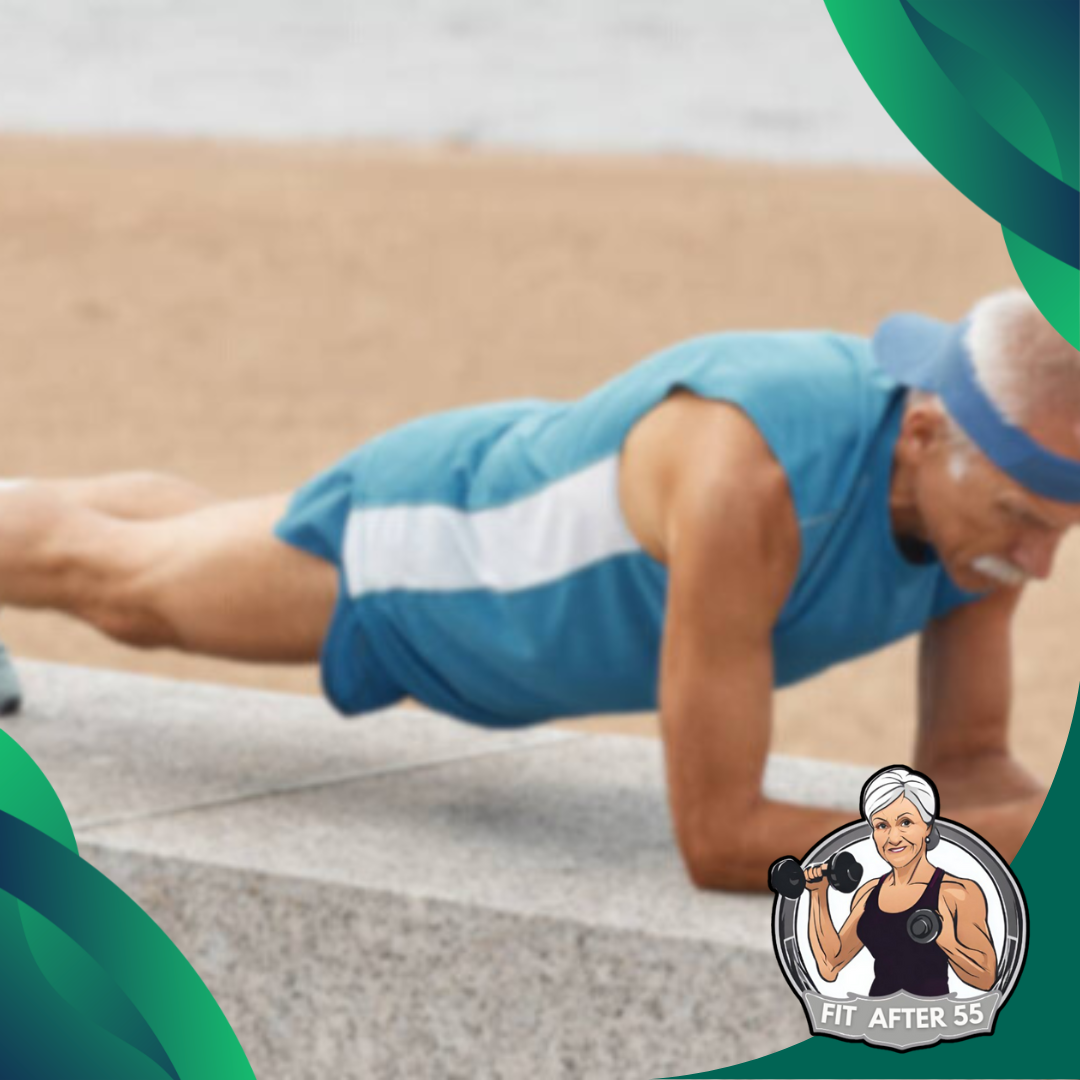
Definition and Benefits
Static holds involve keeping muscles under tension for a set time without moving. This type of exercise can improve:
- Muscle strength
- Endurance
- Stability
- Mind-muscle connection
Static holds are great for beginners and advanced exercisers. They’re low-impact and need little equipment, making them perfect for home workouts. You can do static holds with your body weight or added resistance. They work well as part of a more extensive fitness routine or independently.
Common Types of Static Holds
Several static hold exercises target different muscle groups:
- Plank: Works core, shoulders, and back
- Wall Sit: Targets legs and glutes
- Chin-up Hold: Strengthens arms and back
- Hollow Hold: Focuses on abs and core
You can also do static holds with weights:
- Dumbbell Side Hold: Works obliques and shoulders
- Kettlebell Front-rack Hold: Challenges core and upper body
Start with shorter hold times and gradually increase as you get stronger. Always maintain proper form to avoid injury and get the most benefit.
Preparation for Static Holds
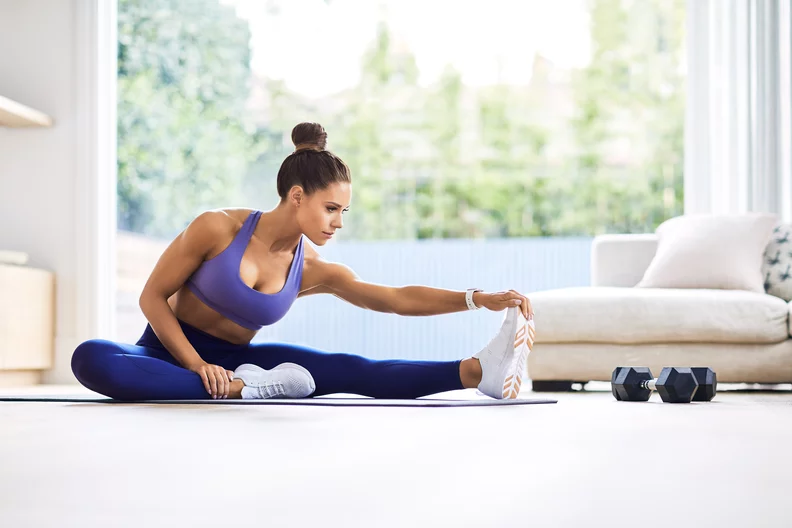
Preparing for static holds involves creating a safe space, warming up properly, and wearing the right clothes. Knowing how to safely perform static holds at home ensures that these steps help prevent injury and make your workout more effective.
Choosing a Safe Environment
Pick a spot in your home with enough room to move freely. Clear the area of any objects that could trip you up. Make sure you have a non-slip surface to stand on. A yoga mat works well for this. If you plan to use equipment like a wall or doorway, check that it’s sturdy enough to support your weight.
Good lighting is key to seeing what you’re doing and maintaining proper form. For exercises requiring extra height, like chin-up holds, ensure your ceiling is high enough. Always have a clear path to exit the area if you must stop quickly.
Warm-Up and Stretching Techniques
Start with 5-10 minutes of light cardio to get your blood flowing. This could be jogging in place or jumping jacks. Next, do some dynamic stretches to prepare your muscles. Focus on the body parts you’ll use in your static holds. For example:
- Arm circles for upper body holds
- Leg swings for lower body exercises
- Torso twists for core work
End your warm-up with some bodyweight exercises like squats or push-ups. This helps activate the muscles you’ll be using.
Proper Attire and Gear
- Wear comfortable, breathable clothes that don’t restrict your movement. Avoid loose items that could get in your way during exercises.
- Choose shoes with good grip if you’re doing standing holds. You should go barefoot or wear grip socks for floor-based exercises.
- If you’re using weights, have proper lifting gloves to protect your hands. Consider wearing long pants for exercises like wall sits to avoid skin irritation.
- Keep a towel and water bottle nearby. You might sweat during longer holds, and staying hydrated is crucial for muscle function.
Execution of Basic Static Holds
Static holds build strength and stability. They can be done at home with no equipment. If you’re wondering how to safely perform static holds at home, here are key techniques for three effective static holds.
Plank Variations
The plank is a great core exercise. Start in a push-up position with your forearms on the ground. Keep your body straight from head to heels. Squeeze your abs and glutes. Put your hands on the ground instead of forearms for a high plank. This works your shoulders more. Hold for 30-60 seconds.
Try side planks, too. Lie on your side and lift your body, supporting yourself on one forearm. Keep your body straight. This targets your obliques. Plank holds improve core strength and posture. Start with short holds and build up over time.
Squat Holds
Squat holds strengthen your legs and core. Stand with feet shoulder-width apart. Lower your body as if sitting back on a chair. Keep your chest up and knees behind your toes. Hold this position for 30-60 seconds. You’ll feel it in your thighs and glutes. Keep your weight in your heels.
For an extra challenge, try a single-leg squat hold. Lift one foot off the ground while holding the squat position. This tests your balance and works each leg individually. Remember to breathe steadily during the hold. If you feel any knee pain, adjust your form or reduce the depth of your squat.
Wall Sit Technique
Wall sits are great for building leg endurance. Find a flat wall and lean your back against it. Slide down until your thighs are parallel to the ground. Your knees should be at 90-degree angles. Keep your back flat against the wall. Your feet should be shoulder-width apart and about 2 feet from the wall. Hold this position for 30-60 seconds.
To increase difficulty, try lifting one foot off the ground. You can also hold weights on your lap. Wall sits target your quads, hamstrings, and calves. They’re great for improving leg strength without impact on your joints.
Did You Know?
The optimal duration for maintaining static holds to improve strength typically falls within 10-30 seconds. This time frame is effective for building strength and muscle endurance. Beginners should start with shorter holds of 5-10 seconds, while advanced lifters might benefit from extending them up to 60 seconds.
Advanced Static Hold Exercises
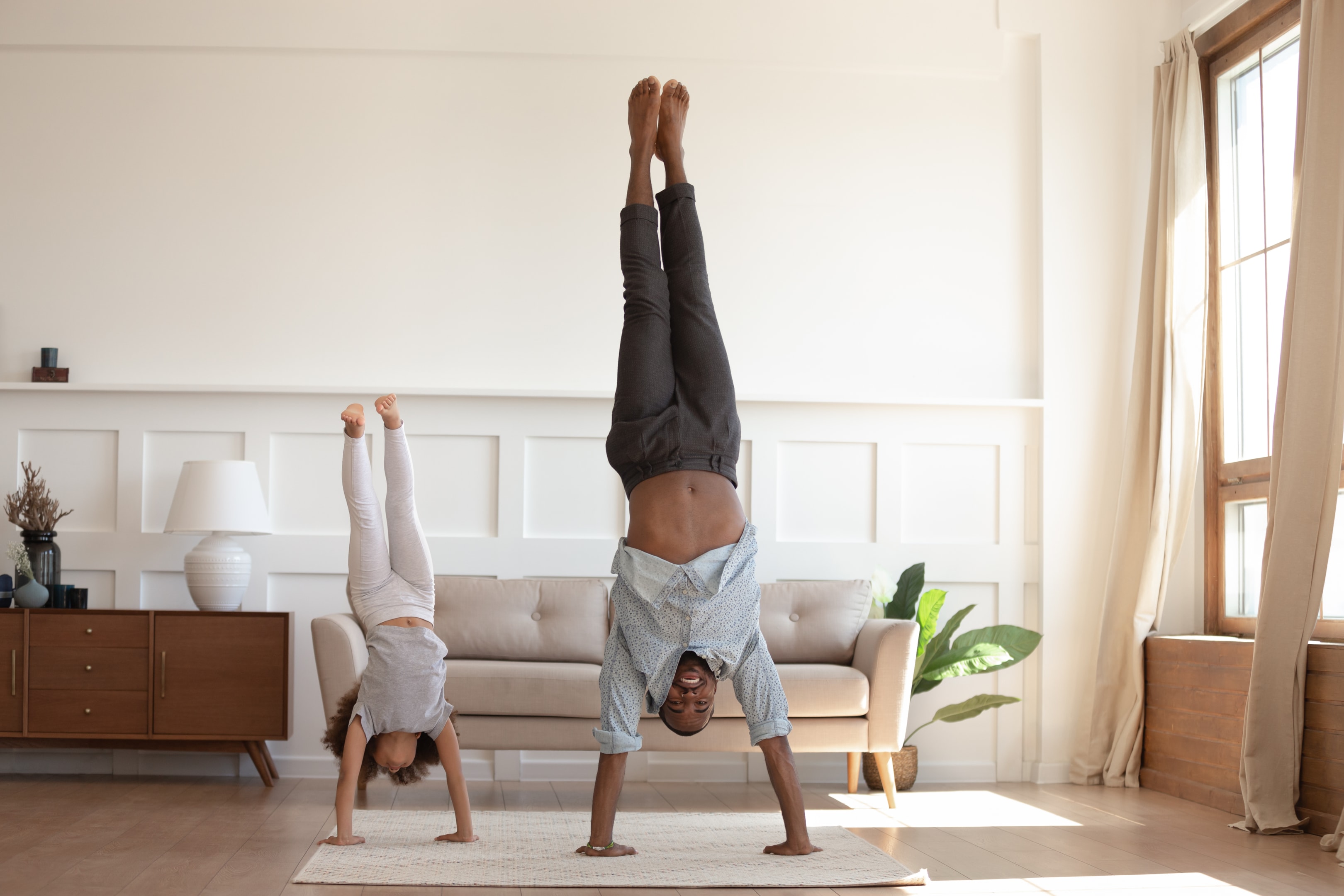
Static holds can be challenging, but they build incredible strength and stability. If you’re wondering how to safely perform static holds at home, remember that these advanced exercises push your limits and develop profound muscle control. Practice with care and proper form to ensure effective and safe workouts.
Handstand Holds
Handstand holds build upper body and core strength. Start against a wall for support. Place your hands shoulder-width apart, about 6 inches from the wall. Kick up into a handstand, keeping your body straight. Engage your core and squeeze your legs together.
Look at a spot between your hands. Hold for 10-30 seconds, or as long as you can maintain good form. To progress, try freestanding handstands. Move slightly away from the wall. Practice balancing without touching it. Always have a spotter nearby when learning this skill.
L-Sit Progressions
L-sits are tough but effective for core and arm strength. Begin with supported L-sits. Sit on the floor with your legs straight. Place your hands on the ground next to your hips. Press down through your hands to lift your hips off the floor. Hold your legs straight out in front of you.
Keep your back straight and chest up. Aim for 10-20 seconds. As you get stronger, try L-sits on parallel bars or push-up handles. This full version requires more strength and control. Keep your arms straight and shoulders down.
One-Legged Balance Drills
Single-leg balance exercises improve stability and leg strength. Start with a basic one-leg stand. Stand on one foot with your other leg bent behind you. Hold for 30-60 seconds, then switch legs. To increase difficulty, try closing your eyes during the hold. This challenges your balance even more.
You can also add arm movements or leg swings while balancing. For an advanced version, perform a single-leg deadlift hold. Stand on one leg, then hinge forward at the hips. Extend your other leg behind you. Hold this position with your body, forming a “T” shape.
Here’s a video on Static Hold Isometric Workouts you might find helpful.
By: Amy’s Beach Fitness
Safety Considerations
Performing static holds safely requires attention to your body’s signals and limitations. Understanding how to safely perform static holds at home is crucial for ensuring proper form and technique, which are essential to prevent injuries and achieve the best results.
Recognizing Personal Limits
Listen to your body when doing static holds. Start slowly and gradually increase hold times as you build strength. If you feel pain or extreme discomfort, stop immediately. Pay attention to your breathing. Try to breathe normally during holds.
The exercise may be too intense if you can’t maintain steady breathing. Set realistic goals based on your fitness level. Don’t compare yourself to others. Your progress is unique to you.
Avoiding Overtraining
Give your muscles time to recover between workouts. Aim for 1-2 days of rest between static hold sessions. Mix up your routine. Don’t do the same holds every day. This helps prevent overuse injuries and keeps your workouts interesting. Watch for signs of overtraining:
- Persistent muscle soreness
- Decreased performance
- Fatigue
- Mood changes
If you notice these symptoms, take a break and reassess your workout plan.
Handling and Preventing Injury
Use proper form to prevent home accidents. Maintain a neutral spine and engage your core during holds. Warm up before your workout. Do light cardio and dynamic stretches to prepare your muscles. Cool down after your session. Gentle stretching can help reduce muscle soreness. If you experience pain:
- Stop the exercise
- Apply ice to reduce swelling.
- Rest the affected area.
For persistent pain or severe injuries, consult a doctor or physical therapist. Don’t push through pain – it can lead to more severe problems.
Structuring a Static Hold Routine
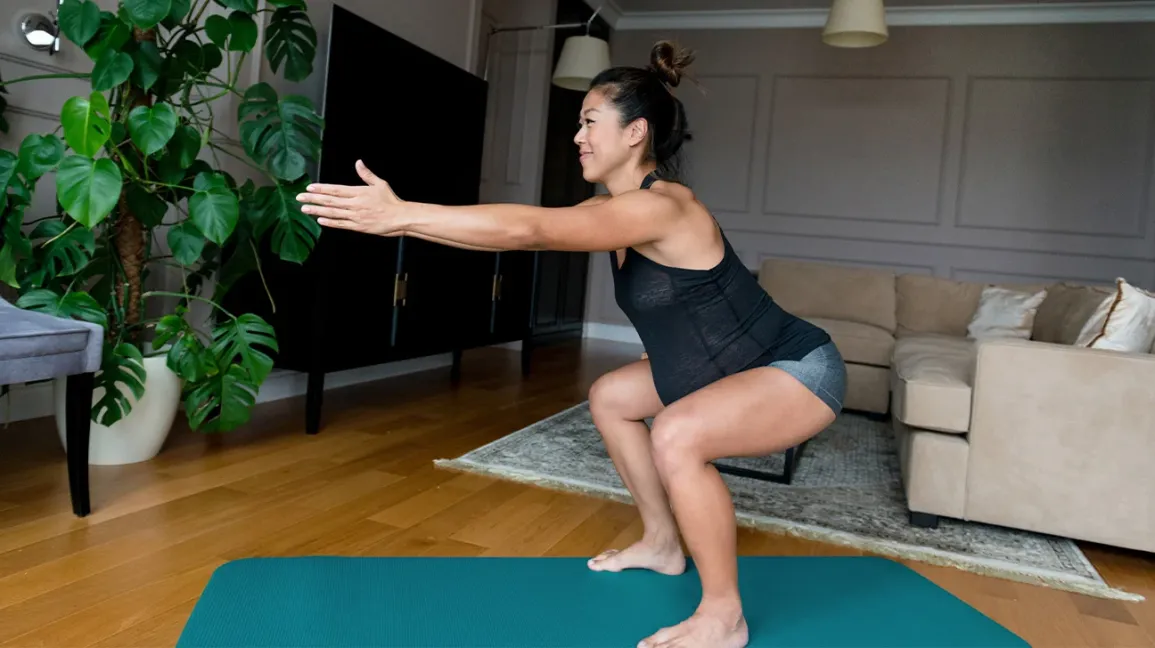
A well-planned static hold routine can boost your strength and muscle growth. Learning how to safely perform static holds at home is crucial for maximizing these benefits. It’s essential to focus on progressive overload, balance workouts with recovery, and follow recommended frequency and duration guidelines.
Incorporating Progressive Overload
To keep making gains, you need to challenge your muscles over time. Start with holds you can maintain for 30 seconds. Aim to increase hold times by 5-10 seconds each week as you get stronger. When you can hold a position for 60 seconds, it’s time to make it tougher. Try these methods:
- Add weight (use a weighted vest or hold dumbbells)
- Change your body position (raise your feet for planks)
- Reduce stability (use one arm or leg)
Keep a log of your hold times and weights. This helps you track progress and stay motivated.
Balancing Workouts with Recovery
Rest is key for muscle growth and injury prevention. Don’t do static holds every day. Add them to your routine 2-3 times a week on non-consecutive days. Mix static holds with other exercises. For example:
- Monday: Upper body static holds
- Wednesday: Lower body strength training
- Friday: Full-body static holds
Listen to your body. If you feel pain or extreme fatigue, take an extra rest day. Proper recovery leads to muscle breakdown and rebuilding, making you stronger.
Frequency and Duration Recommendations
For beginners, start with 2-3 static hold exercises per workout. Do 3 sets of each exercise. Hold each position for 10-30 seconds. As you advance, you can increase to:
- 3-5 exercises per workout
- 3-5 sets per exercise
- 30-60 second holds
Keep total workout time under 30 minutes. This helps prevent burnout and maintains muscle tension for optimal growth. Try this sample routine:
- Plank Hold: 3 sets, 30 seconds each
- Wall Sit: 3 sets, 45 seconds each
- Chin-up Hold: 3 sets, 20 seconds each
Remember to warm up before static holds and cool down after. This helps prevent injury and improves flexibility.
Tracking Progress and Setting Goals
Keeping tabs on your static hold workouts helps you improve over time. To truly excel, learn how to safely perform static holds at home by setting clear targets and adjusting them as needed to keep challenging yourself.
Evaluating Goal Achievement
Set specific, measurable goals for your static hold training. Examples include:
- Increase hold time by 5 seconds each week
- Add 5 pounds to your barbell hold every 2 weeks.
- Perform static holds 3 times per week for a month.
Check your progress against these goals regularly. Celebrate when you hit a target. If you miss a goal, keep going. Use it as a chance to learn and adjust your approach.
Adjusting Goals Based on Performance
Review your goals every 4-6 weeks. If you’re consistently meeting them, it’s time to aim higher. Increase the challenge by adding weight, extending hold times, or trying new static hold variations. If you need help to meet goals, break them down into smaller steps. For example, if adding 5 pounds each week is too much, try 2-3 pounds instead.
Listen to your body. If you feel pain or excessive fatigue, scale back. It’s okay to have periods of maintaining your current level before pushing forward again. Remember, progress isn’t always linear. Some weeks, you’ll make big jumps. Others you’ll hold steady. Stay consistent and patient with your training.
Additional Tips for Success
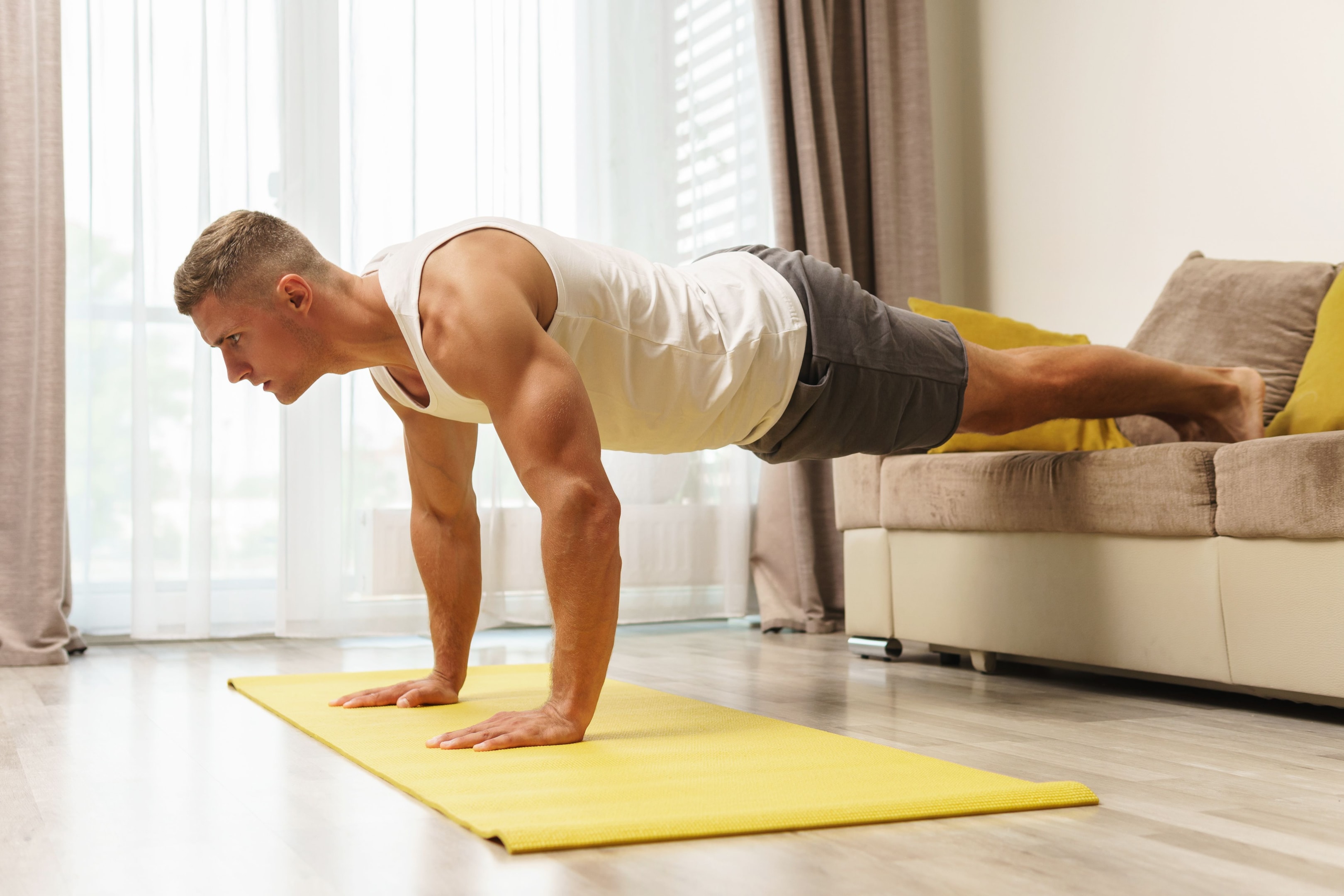
- Start with shorter hold times and gradually increase duration. Aim for 10-30 seconds per hold at first.
- Always warm up before static holds. Do light cardio and dynamic stretches to prepare your muscles.
- Focus on proper form throughout the hold. Keep your muscles engaged and maintain good posture.
- Breathe steadily during holds. Don’t hold your breath, as this can raise blood pressure.
- Use a timer to track hold duration accurately. This helps you monitor progress over time.
- Listen to your body. Stop if you feel pain or excessive strain.
- Incorporate static holds 2-3 times per week. Allow rest days between sessions for muscle recovery.
- Pair static holds with other exercises for a well-rounded workout. Try adding them at the end of your routine.
- Stay hydrated before, during, and after your workout. Proper hydration supports muscle function.
- Consider using resistance bands or light weights to add variety to your holds.
Check out this video for an effective static hold core workout on the floor.
By: Amy’s Beach Fitness
Maximizing Your Strength Gains: Effective Strategies for Safe Static Holds at Home
Learning how to safely perform static holds at home can significantly boost strength, stability, and endurance. These exercises effectively build muscle with minimal equipment, but mastering proper technique is crucial to maximize benefits and prevent injury. By incorporating static holds into a fitness routine, individuals can see improvements in muscle control and overall fitness. Static holds can enhance core strength, improve posture, and contribute to overall fitness. By focusing on correct form and gradually extending hold durations, individuals can achieve significant progress in their home workout routines.
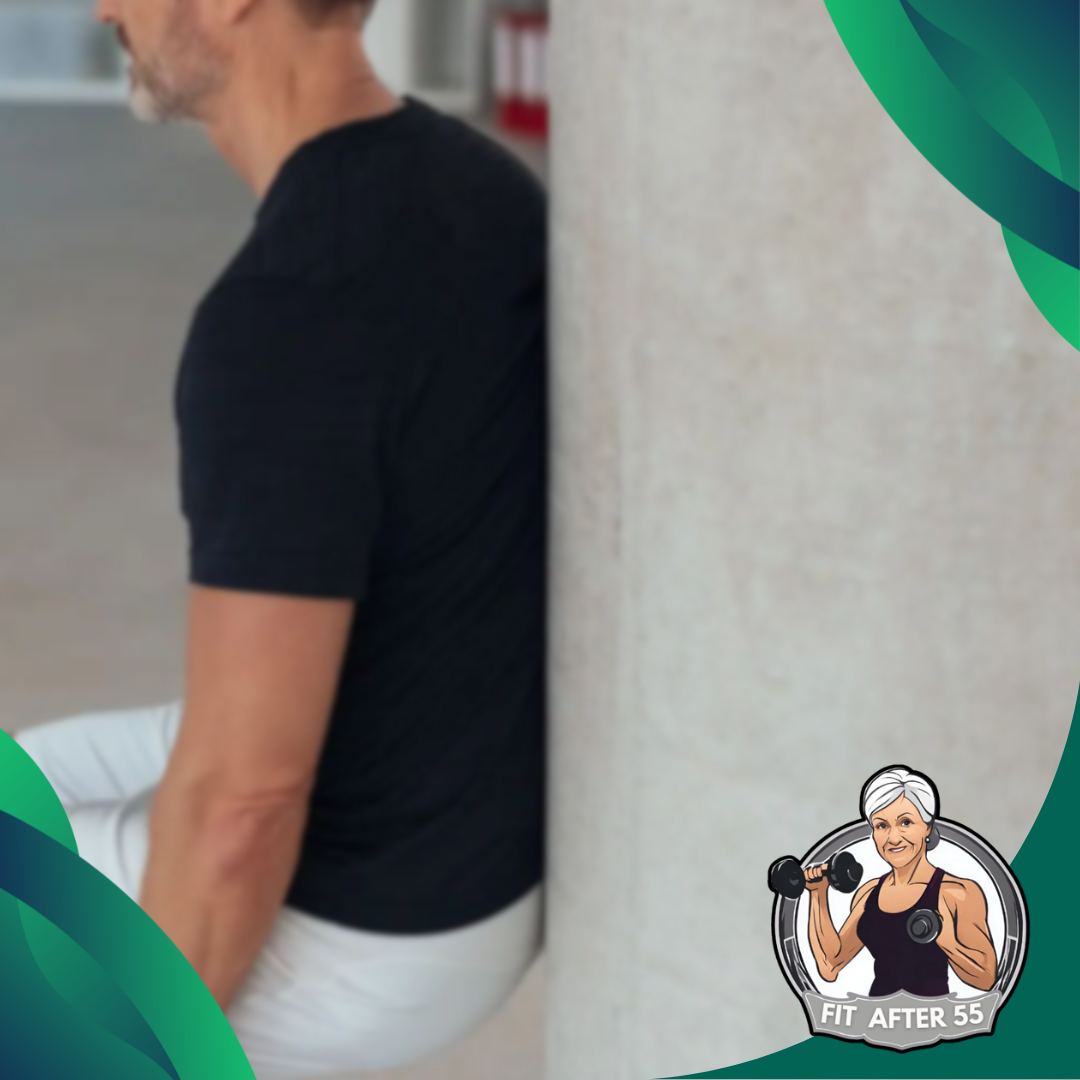
With the guidance provided in this comprehensive guide, anyone can effectively incorporate static holds into their fitness regimen. Whether you’re new to these exercises or looking to refine your technique, following these tips will ensure a safer and more productive workout experience. Regularly incorporating static holds into a routine can lead to noticeable muscle control and endurance improvements. Embrace the power of static holds, stay consistent, and discover how they can enhance your strength training at home.
Frequently Asked Questions
What Are the Essential Safety Tips for Performing Static Holds at Home?
Use a spotter when holding heavy weights. Start with lighter loads to perfect your form. Make sure you have sturdy equipment that can support your weight. Keep your core engaged throughout the hold. Breathe steadily and avoid holding your breath. Stop if you feel pain or extreme discomfort.
Which Static Exercises Are Recommended for Muscle Growth?
Plank holds target your core muscles effectively. Wall sits build leg strength and endurance. Chin-up holds work your back and biceps. For the chest and triceps, try push-up holds or dips holds.
How Should One Incorporate Static Holds Into a Bench Press Routine?
Add static holds at the end of your bench press sets. Hold the bar at different positions – just off your chest, halfway up, or near lockout. Start with 5-10 second holds. Gradually increase the duration as you get stronger. Use a weight you can safely control.
Can Static Holds Replace Dynamic Exercises, and What Are Their Relative Benefits?
Static holds complement dynamic exercises but should only replace them partially. They improve muscular endurance and mind-muscle connection. Dynamic exercises are better for overall strength and power. A mix of both types provides balanced muscle development.
Is It True That Static Contractions Contribute to Muscle Buildup, and How?
Yes, static contractions can build muscle. They create tension in the muscle fibers, stimulating growth. Static holds increase time under tension, a key factor in muscle hypertrophy. They also improve your ability to recruit muscle fibers efficiently.
Keep Thriving and Energized: Join the Fit After 55 Community!
Discover a wealth of fitness inspiration with Fit After 55!
Visit our website (https://www.vitalityseniorliving.com/resources_for_senior/staying-fit-at-55/) for engaging content, expert advice, and reviews tailored specifically for seniors. Connect with our supportive community on Facebook (https://www.facebook.com/fitafter50dotcom/) and engage with others who are passionate about maintaining an active and healthy lifestyle.
Let’s embrace this fitness journey together and prove that age is just a number!

